The Norris Comprehensive Cancer Center was founded
In 1973, the Norris Comprehensive Cancer Center, now the University of Southern California Kenneth Norris Jr. Cancer Center…
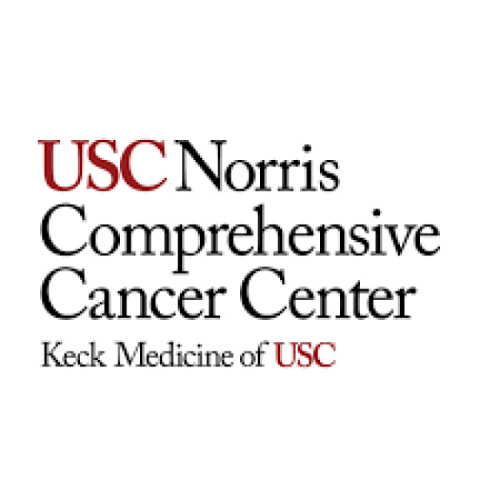
In 1973, the Norris Comprehensive Cancer Center, now the University of Southern California Kenneth Norris Jr. Cancer Center…
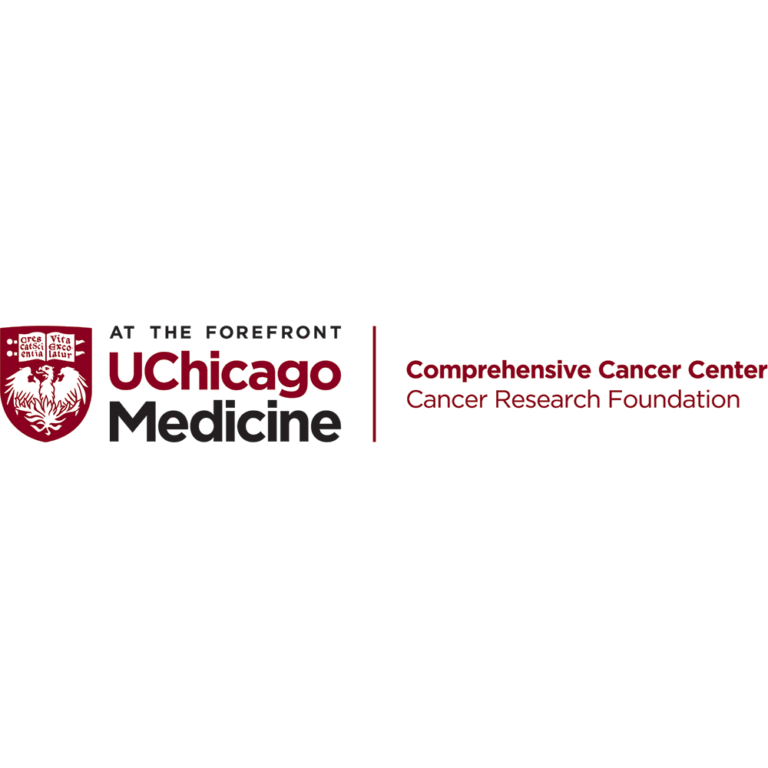
In 1973, UChicago established the University of Chicago Comprehensive Cancer Center (UCCCC), receiving its initial designation as a…

In 1973, clinicians at the Boston Hospital for Women, now part of Brigham and Womenメs, developed noninvasive fetal…
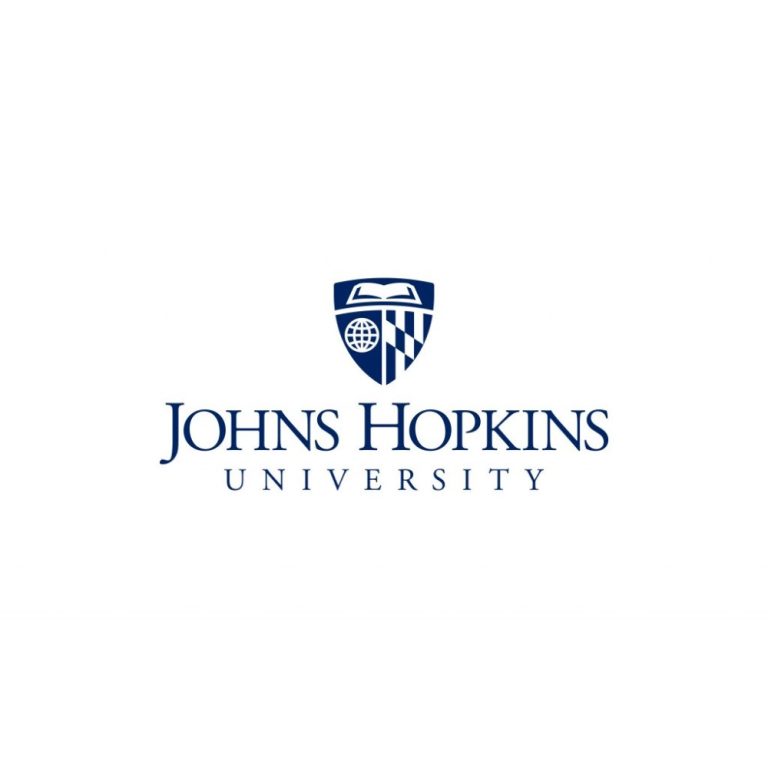
In 1973, The Johns Hopkins Cancer Center, now known as the Sidney Kimmel Cancer Center (SKCCC) was founded….
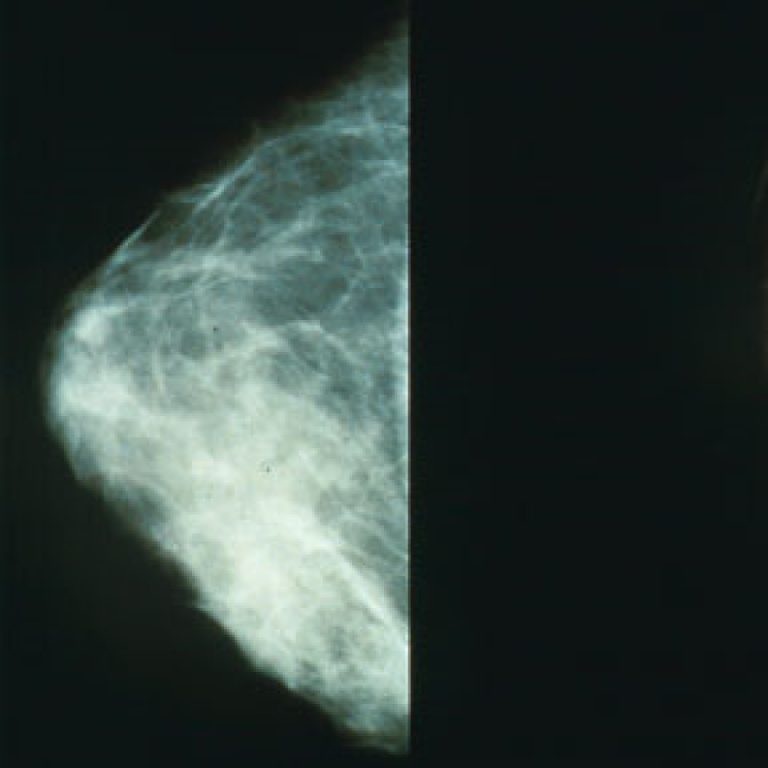
In 1973, Karmanos Cancer Institute researcher Herbert Soule, Ph.D. developed the MCF-7 human breast cancer cell line, which…

On Oct. 27, 1972, the Consumer Product Safety Commission (CPSA) was enacted by the U.S. Congress. The CPSA…
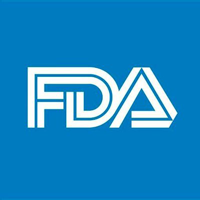
On Jul. 1, 1972, the Regulation of Biologics–including serums, vaccines, and blood products–was transferred from the NIH to…
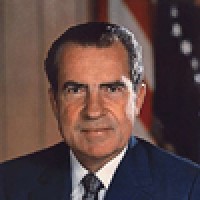
On Jun. 30, 1972, five U.S .cancer scientists met with Russian scientists in Moscow to exchange information on…

On Jun. 14, 1972, an end to the continued domestic usage of the pesticide DDT was decreed when…
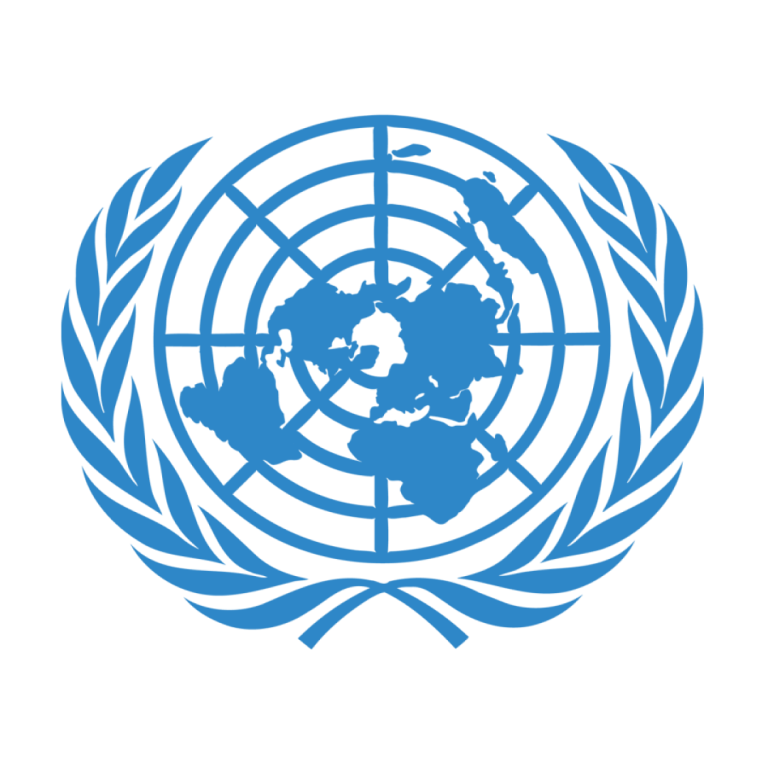
On Jun. 5, 1972, the United Nations Conference on the Human Environment in Stockholm, Sweden was the first…
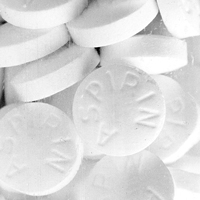
On May 11, 1972, the Over-the-Counter Drug Review began to enhance the safety, effectiveness and appropriate labeling of…
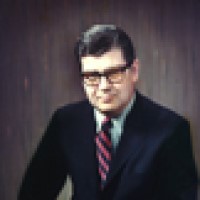
May 5, 1972, Frank Joesph Rauscher, Jr. became the seventh director of the National Cancer Institute, serving until…
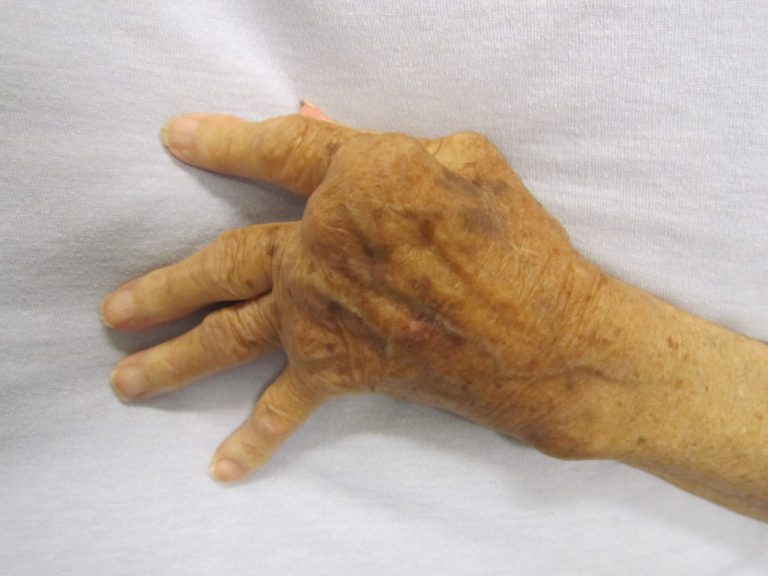
May 1972 was declared ‘National Arthritis Month’ by Congress and President Nixon.
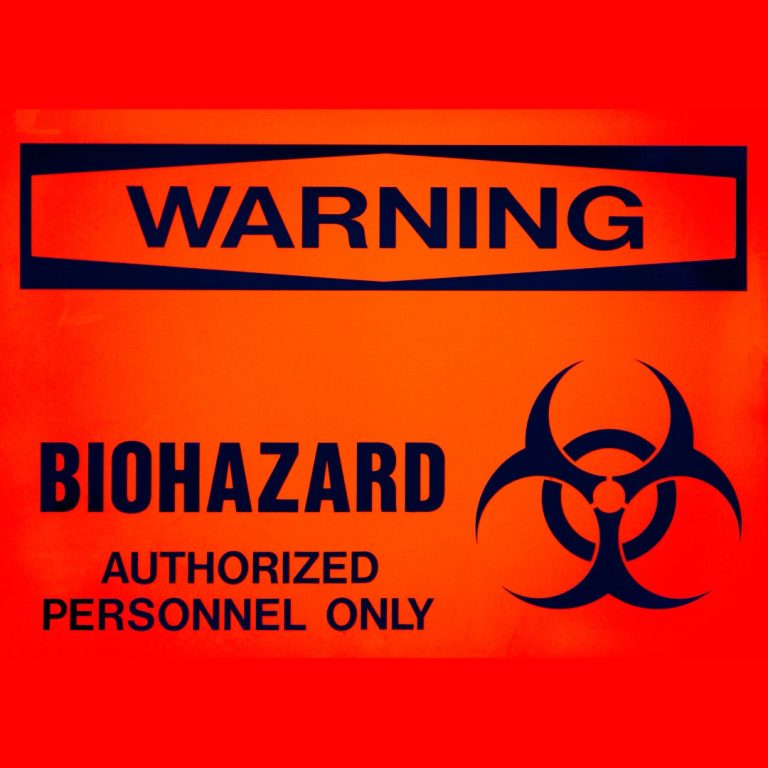
On Apr. 10, 1972, the United States, the Soviet Union and 70 other nations signed an agreement that…
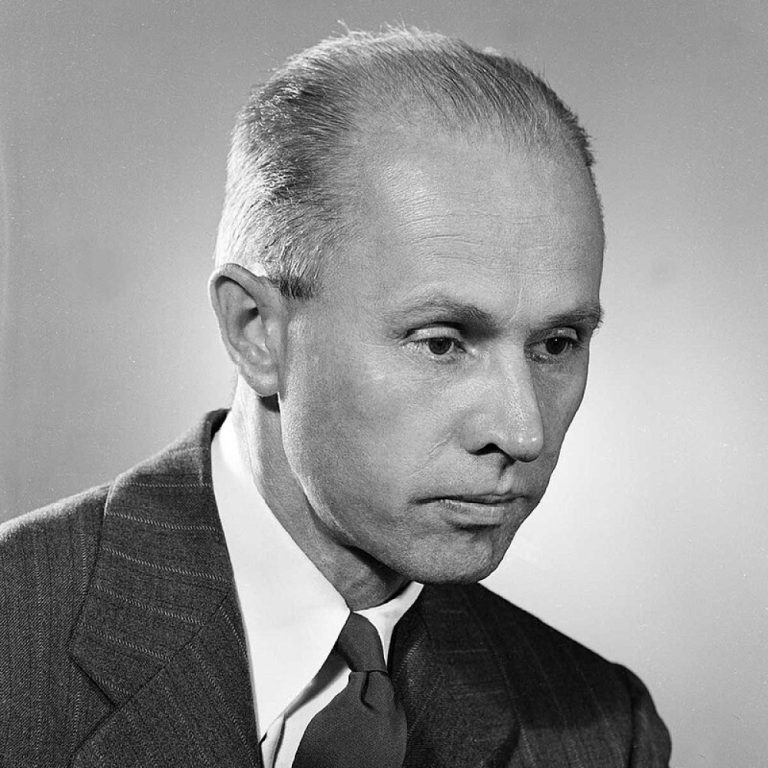
In 1972, the American Chemical Society awarded the Priestley Medal to George B. Kistiakowsky “to recognize distinguished services…
In 1972, positron emission tomography (PET) imaging was invented by researchers at Washington University ヨ St. Louis.
In 1972, a prototype linear accelerator at Washington University – St. Louis was produced by radiation clinicians and…
In 1972, the Duke Comprehensive Cancer Center, now known as the Duke Cancer Institute (DCI), was established in…
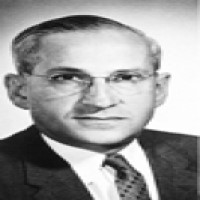
In 1972, Drs. Roy Hertz and Min C. Li, National Cancer Institute scientists, credited with discovering the first…
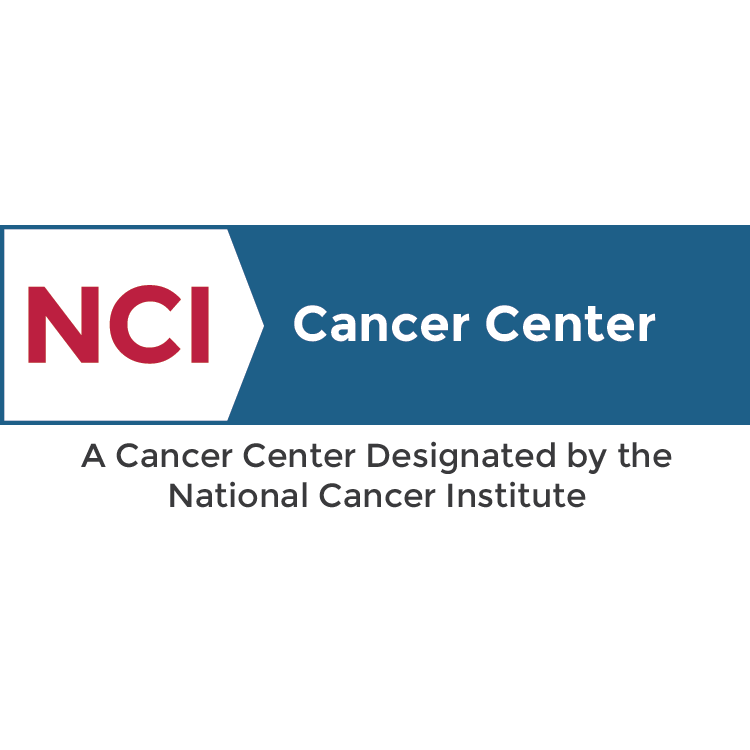
In 1972, The Albert Einstein Cancer Center (AECC), now known as Montefiore Einstein Comprehensive Cancer Center (MECCC), obtained…
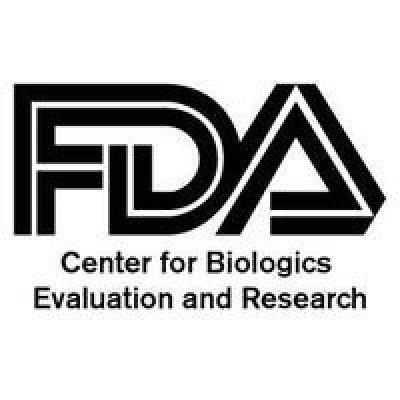
In 1972, the Division of Biologics Standards was transferred from the National Institutes of Health (NIH) to the U.S….
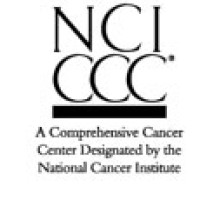
In 1972, Roswell Park received NCI Comprehensive Cancer Center designation in 1972 and was the first institution in…
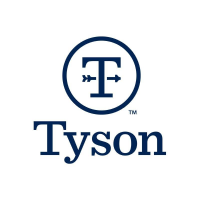
In 1972, the Tyson Feed and Hatchery name was changed to Tyson Foods.

In 1972, The Wistar Institute was designated the first National Cancer Institute (NCI) Cancer Center in basic research…
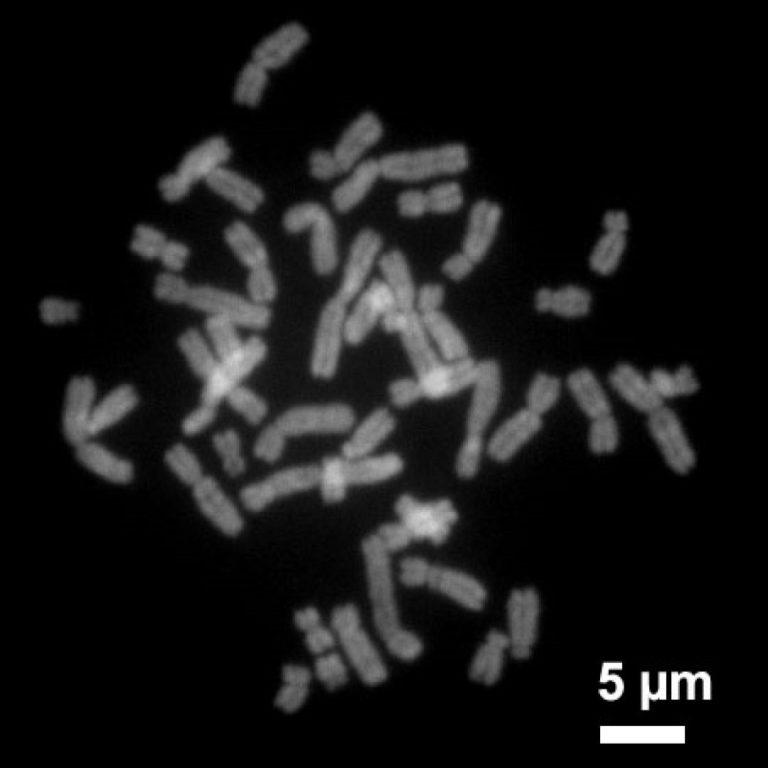
In 1972, Livermore was the first to use flow cytometry to sort chromosomes. By the end of the…

In October 1972, Christian Boehmer Anfinsen (M.S., University of Pennsylvania, 1939) shared the 1972 Nobel Prize for Chemistry…
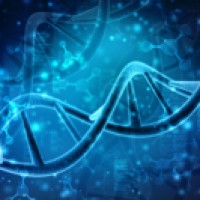
In 1972 Stanford Medicine researchers first constructed a recombinant DNA molecule containing DNA from two different species.
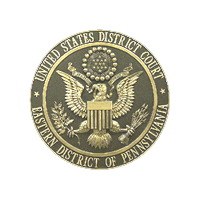
In 1972, the Pennsylvania Association for Retarded Children v. Commonwealth of Pennsylvania and Mills v. Board of Education…

In October 1972, Gerald Maurice Edelman (M.D., University of Pennsylvania, 1954) was was awarded the 1972 Nobel Prize…
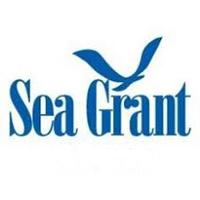
In 1972, the Florida Sea Grant was established as a partnership of academia, government, and industry focused on…